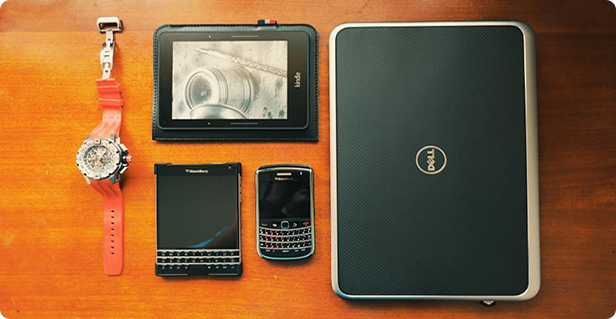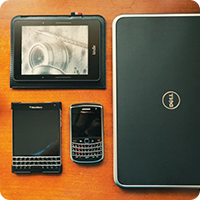
One of the main concerns for many organisations is evaluating which method of communication will most successfully drive customer engagement. It is now possible to reach customers using a range of techniques, including SMS, email, push notifications and many more. Though there are several popular marketing channels, it can be difficult to determine when it is appropriate to use each one and how to strike a good balance between delivering information customers desire at the moments they wish to receive it.
Instant to send, immediate to pick up
Mobile correspondence has become the most impactful communication channel due to its colossal growth in recent years, achieving an astounding 85% penetration rate with the Millennial Generation alone. This power to reach customers immediately on their smartphone, means businesses are much more likely to be noticed providing mobile phones remain on.
With an incredible 90% of text messages being read within the first three minutes of delivery, this messaging channel is perfect for delivering critical information to customers, thus providing them with an exceptional user experience.
 For example, businesses who deliver a text message to their customers when a delivery is arriving or their item is ready for collection are keeping the customers in the loop, thus allowing them to feel more at ease and understand what’s going on behind the scenes. A prime example of this can be seen in taxi firm Uber, which sends users an SMS message when their ride request is accepted and also when their driver has arrived. This is extremely useful to riders s it means that they have time to get ready and also know when to look out for their driver. Such SMS also contains a link, prompting customers to browse the Uber app in order to see their driver’s current whereabouts, photo, car make and number plate.
For example, businesses who deliver a text message to their customers when a delivery is arriving or their item is ready for collection are keeping the customers in the loop, thus allowing them to feel more at ease and understand what’s going on behind the scenes. A prime example of this can be seen in taxi firm Uber, which sends users an SMS message when their ride request is accepted and also when their driver has arrived. This is extremely useful to riders s it means that they have time to get ready and also know when to look out for their driver. Such SMS also contains a link, prompting customers to browse the Uber app in order to see their driver’s current whereabouts, photo, car make and number plate.
Furthermore, SMS messaging can be used to enable two-way communication between companies and their customers in a comfortable, quick and hassle free manner. By providing users with a communication channel which is so familiar to them, organisations can correspond with their customers on their terms.
Helping with security
SMS messages being opened at such an astoundingly rapid rate combined with the fact they are a global method of communication, makes SMS a very attractive choice of platform for user authentication. Scenarios where users must prove they are who they claim to be can implement number verification and two factor authentication as text messages can reach everyone everywhere in a manner which is far from foreign to them.
Organisations such as Google, Snapchat, Facebook, and Apple implement such methods by allowing users to enable authentication and thus receive automated text messages containing PIN verification codes. Upon receiving such a code, customers can input it via another channel, for example a website or app, thus confirming their identity and granting them access to their account.
SMS messaging is ideal to reach larger audiences and deliver messages in a prompt and time-sensitve manner as recipients are likely to read such messages quickly and easily. Therefore, if the information contained in the text is important, SMS provides both the urgency and flexibility required to deliver valuable content to customers at the time organisations wish for it to be received.

